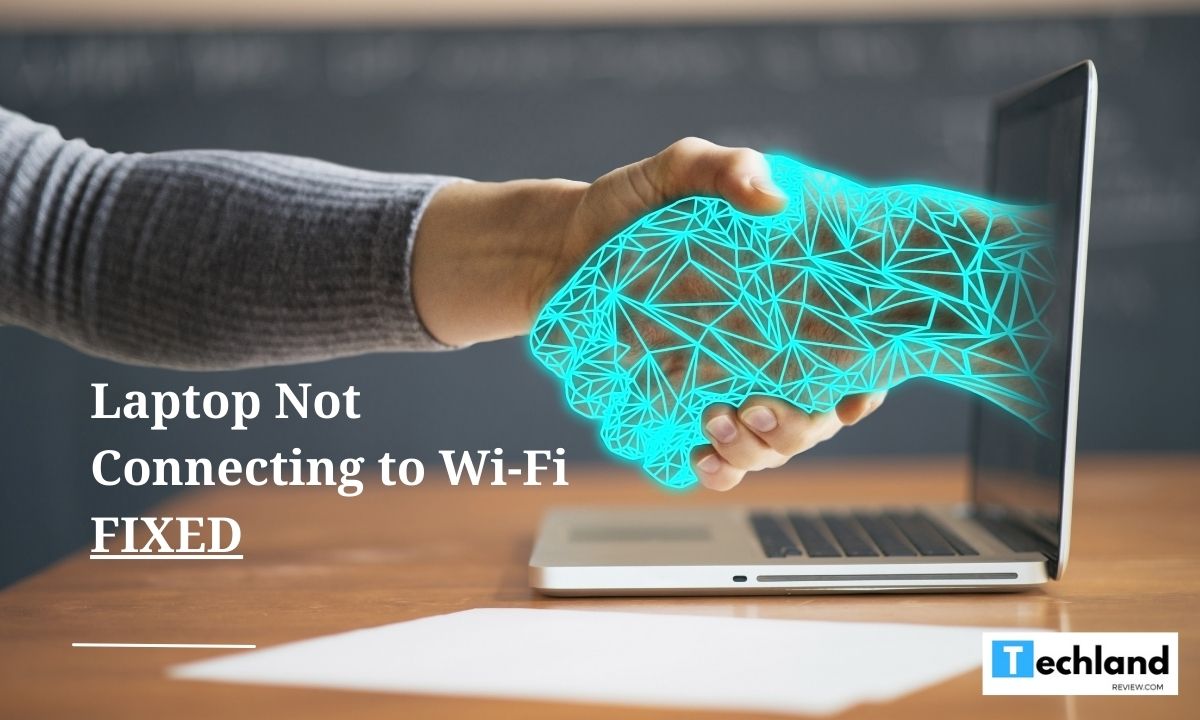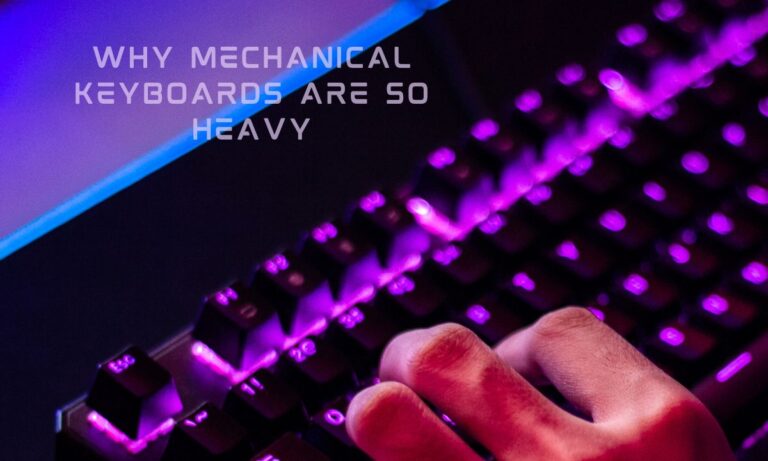Why Is My Laptop Not Connecting to Wi-Fi but My Phone Is?
Have you ever experienced the frustration of your laptop failing to connect to Wi-Fi while your phone connects without any issues? It can be a puzzling situation, leaving you wondering…
Have you ever experienced the frustration of your laptop failing to connect to Wi-Fi while your phone connects without any issues? It can be a puzzling situation, leaving you wondering what could be causing the problem. In this comprehensive guide, we will explore the possible reasons why your laptop is not connecting to Wi-Fi while your phone is working fine.
We’ll delve into common troubleshooting steps, potential hardware and software issues, and provide helpful solutions to get your laptop back online.
Acknowledge the Wi-Fi Connection
Before we dive into the reasons why your laptop is having trouble connecting to Wi-Fi, let’s take a moment to understand how a Wi-Fi connection works. Wi-Fi, short for wireless fidelity, allows devices to connect to the internet without the need for physical cables. It relies on radio waves to transmit data between your device and the wireless router.
When you attempt to connect your laptop or phone to a Wi-Fi network, your device sends a connection request to the wireless router. If the router recognizes your device and accepts the request, a successful connection is established, granting you access to the internet.
Possible Reasons for Laptop Wi-Fi Connection Issues
When your laptop fails to connect to Wi-Fi while your phone is working fine, several factors could be at play. Let’s explore some of the common reasons for this issue:
1. Wi-Fi Adapter Issues
The Wi-Fi adapter in your laptop enables wireless communication with the router. If there is a problem with the adapter, it can prevent your laptop from connecting to Wi-Fi. This could be due to outdated drivers, incorrect settings, or hardware malfunctions.
2. Network Configuration
Sometimes, the issue lies in the network configuration settings of your laptop. Incorrect network settings or conflicts with the router’s configuration can lead to connectivity problems. For example, if your laptop’s IP address is not properly assigned or if there are conflicting IP addresses within the network, it can disrupt the connection.
3. Signal Interference
Signal interference can also be a culprit for your laptop’s Wi-Fi connectivity issues. Wireless signals can be disrupted by physical obstacles like walls, furniture, or other electronic devices that emit radio waves. If your laptop is located too far from the router or is obstructed by such obstacles, the signal strength may weaken, causing connectivity problems.
4. Software or Driver Issues
Outdated or incompatible software and drivers can impact your laptop’s ability to connect to Wi-Fi. This can happen if your laptop’s operating system or Wi-Fi adapter drivers are not up to date. Incompatibilities between the software and the wireless protocols used by the router can result in connection failures.
5. Security Settings
Security settings on your laptop or router may also be a factor. If the security settings on your laptop do not match those configured on the router, it can prevent a successful connection. This could be the result of using an incorrect network password or using an incompatible security protocol.
5 Troubleshooting Steps
Now that we’ve explored some possible reasons for your laptop’s Wi-Fi connection issues, let’s discuss some troubleshooting steps you can take to resolve the problem:
1. Restart Your Laptop and Router
A simple restart can often resolve connectivity issues. Turn off your laptop and router, wait a few seconds, and then power them back on. This can refresh the network settings and resolve any temporary glitches.
2. Check Wi-Fi Signal Strength
Move your laptop closer to the router to see if the issue is related to weak signal strength. If the connection improves when you are in close proximity to the router, consider repositioning the router or using a Wi-Fi extender to boost the signal.
3. Verify Wi-Fi Adapter Settings
Check the settings of your laptop’s Wi-Fi adapter. Ensure that the adapter is enabled and that the correct network is selected. You can access these settings through the Control Panel or the Network and Sharing Center on Windows, or the Network Preferences on macOS.
4. Update Software and Drivers
Check for software updates for your laptop’s operating system and Wi-Fi adapter drivers. Updating to the latest versions can address compatibility issues and improve connectivity. Visit the manufacturer’s website or use the automatic update feature of your operating system to install the latest updates.
5. Adjust Security Settings
Verify that the security settings on your laptop match those configured on the router. Ensure that you are using the correct network password and security protocol. If needed, reset the network settings on both your laptop and the router to start fresh.
Frequently Asked Questions
Why can my phone connect to Wi-Fi but not my laptop?
There can be various reasons for this issue. Common causes include Wi-Fi adapter issues, network configuration conflicts, signal interference, software or driver problems, and security settings mismatches. By troubleshooting these areas, you can resolve the connectivity problem.
How do I know if my Wi-Fi adapter is working properly?
You can check the status of your Wi-Fi adapter in the device manager of your laptop. Look for any yellow exclamation marks or error symbols next to the Wi-Fi adapter. If there are no errors and the adapter is enabled, it is likely working properly. However, updating the drivers can still help resolve any compatibility issues.
Can a firewall block my laptop from connecting to Wi-Fi?
Yes, a firewall can potentially block your laptop’s connection to Wi-Fi. Ensure that your firewall settings allow the necessary network traffic for your laptop to connect to the Wi-Fi network. You may need to adjust firewall rules or temporarily disable the firewall to troubleshoot connectivity issues.
Final Words
Experiencing connectivity issues with your laptop while your phone connects smoothly to Wi-Fi can be frustrating. However, by understanding the possible reasons behind the problem and following the troubleshooting steps outlined in this guide, you can resolve the issue and get your laptop back online.
Whether it’s a Wi-Fi adapter issue, network configuration problem, signal interference, software or driver glitch, or security settings mismatch, there are solutions available. With a little patience and persistence, you’ll soon have your laptop connecting to Wi-Fi without any trouble.




